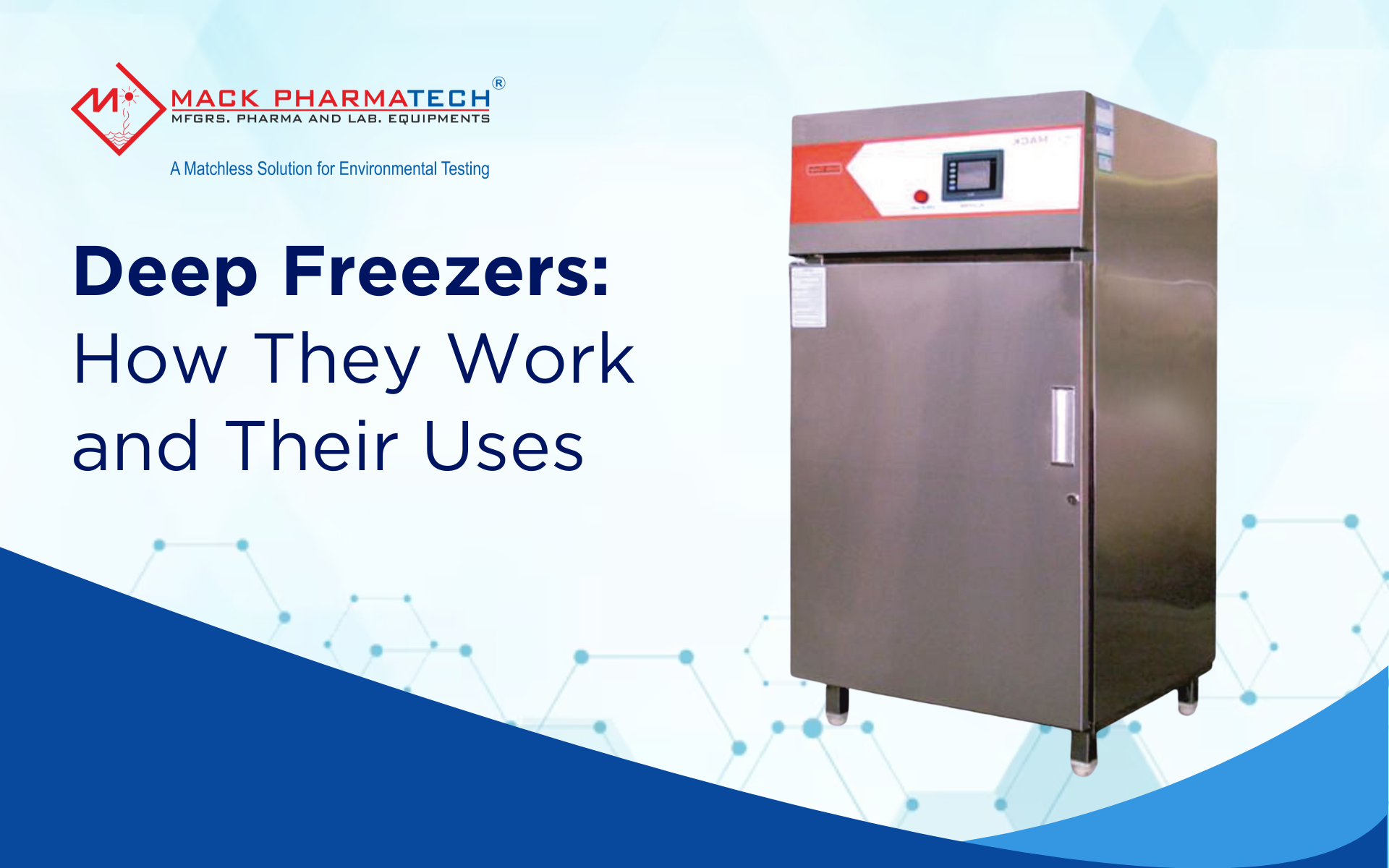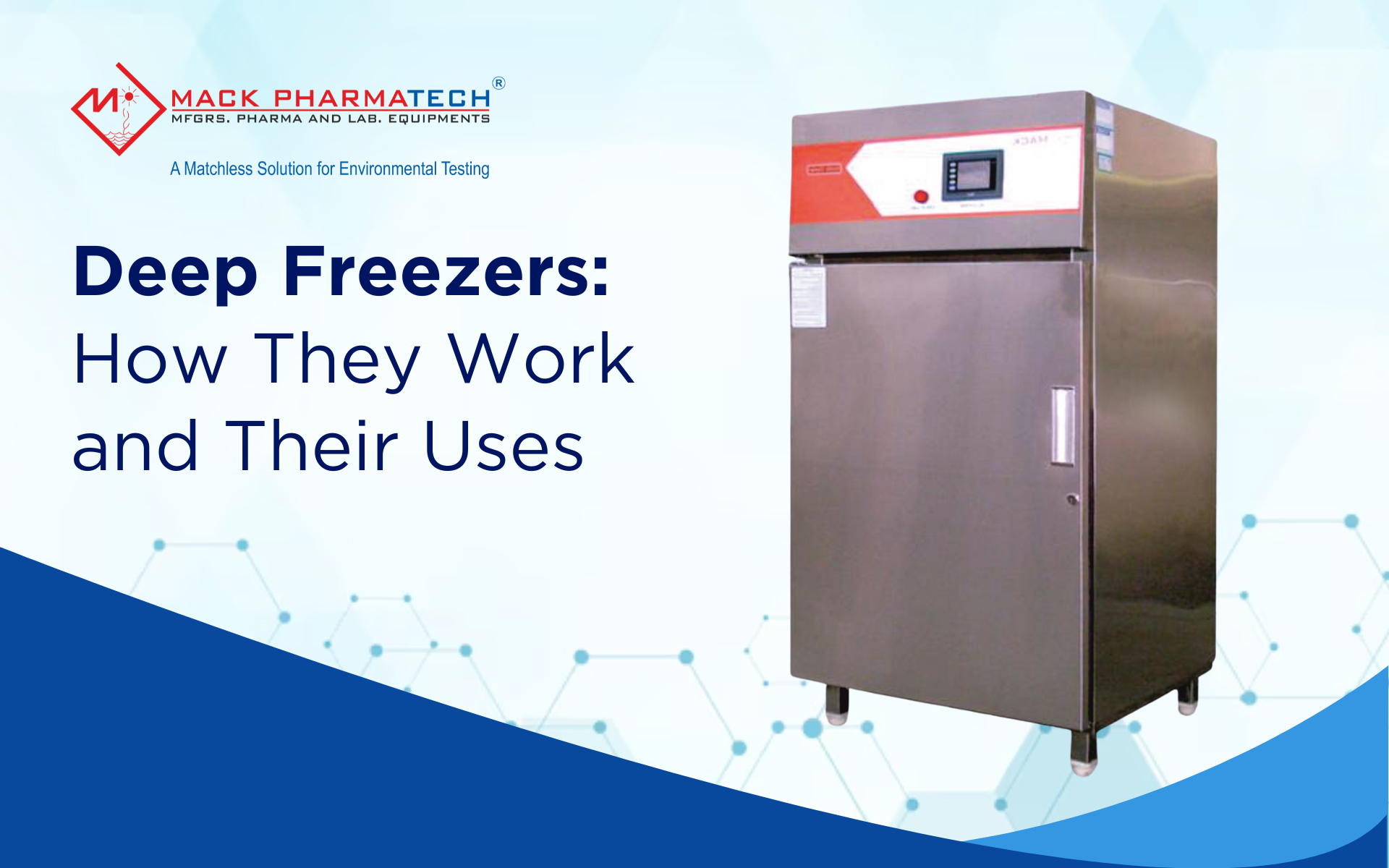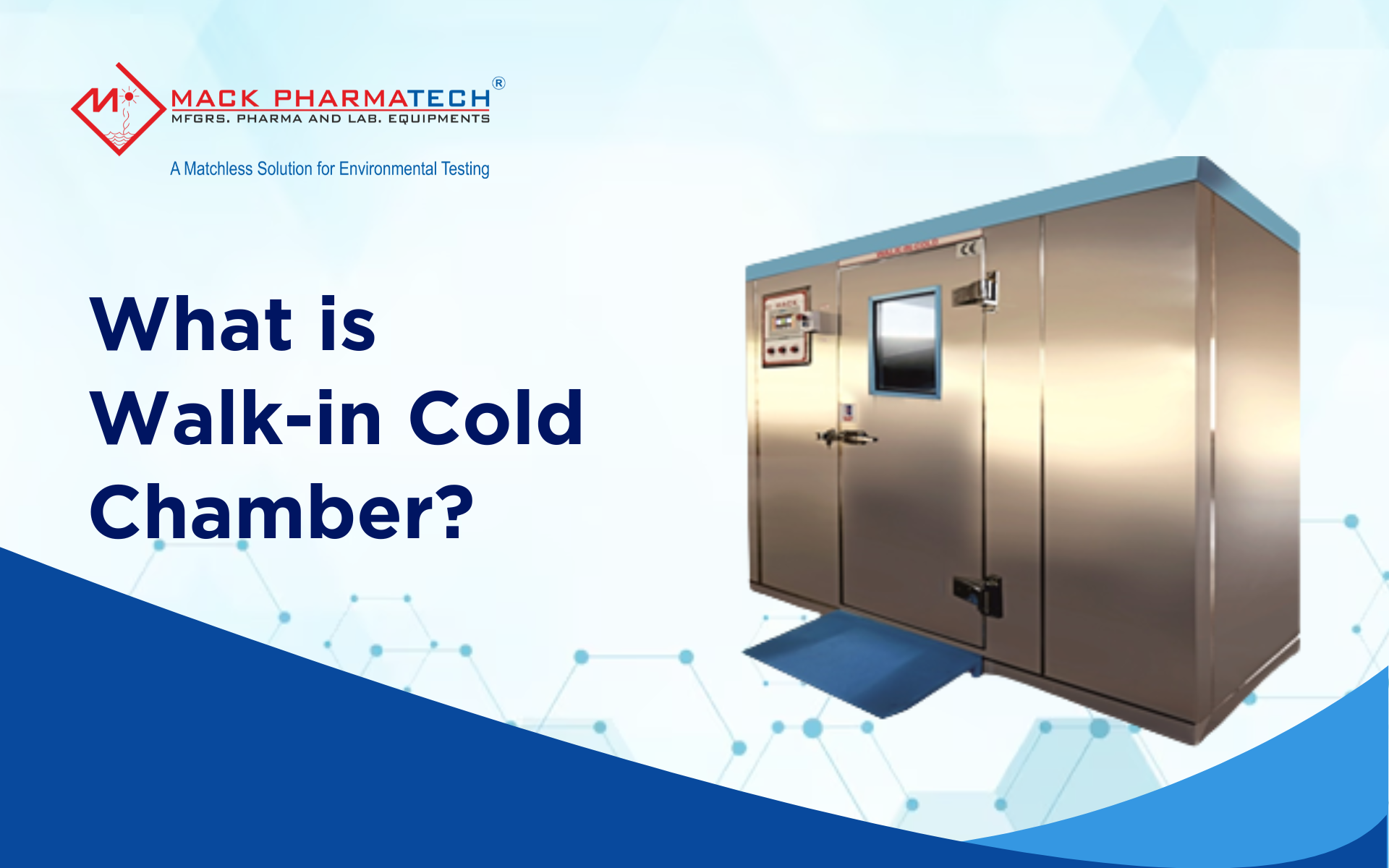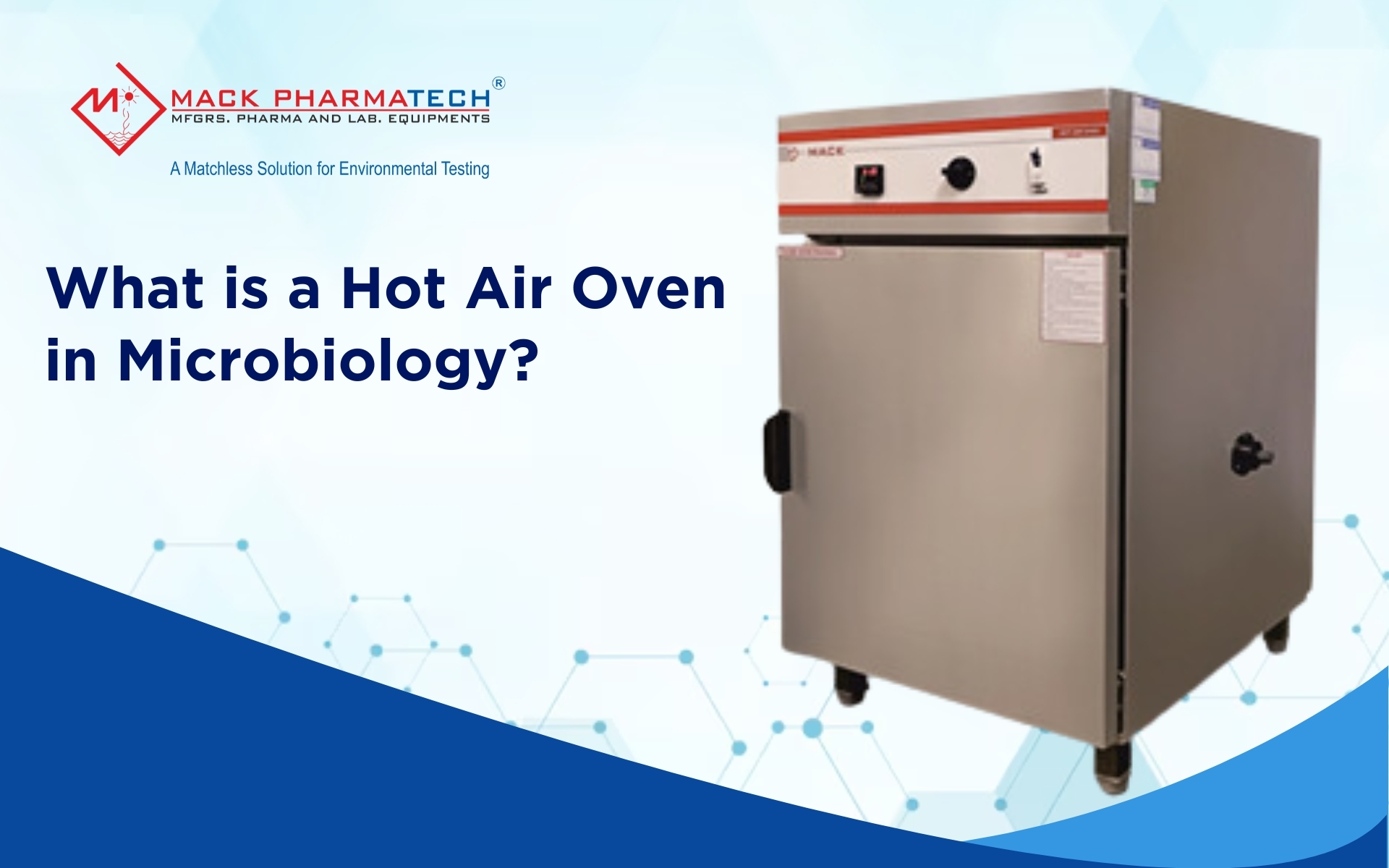Deep freezers are an essential appliance in both households and laboratories, offering a reliable way to preserve food, medical supplies, and other perishable items for extended periods. Whether you're a homeowner looking to store bulk groceries or a lab technician preserving sensitive samples, understanding how deep freezers work and their optimal temperature settings is crucial.
In this comprehensive guide, we’ll explore everything you need to know about deep freezers, including their functionality, applications, and tips for maintaining them.
What is a Deep Freezer?
A deep freezer, is a specialized appliance designed to store items at extremely low temperatures. Unlike regular refrigerators, deep freezers can maintain temperatures as low as -40°F (-40°C), making them ideal for long-term storage. They are commonly used in homes, restaurants, and laboratories for preserving food, vaccines, blood samples, and other temperature-sensitive materials.
How Does a Deep Freezer Work?
Understanding how a deep freezer works can help you use it more effectively and troubleshoot common issues. Here’s a step-by-step breakdown of its functioning:
1. Cooling Mechanism
Deep freezers use a refrigeration cycle to remove heat from the interior and maintain low temperatures. The key components involved in this process are:
- Compressor: Compresses the refrigerant gas, increasing its temperature and pressure.
- Condenser Coils: Release heat from the refrigerant, turning it into a liquid.
- Expansion Valve: Reduces the pressure of the refrigerant, causing it to cool down.
- Evaporator Coils: Absorb heat from the freezer’s interior, cooling the air inside.
2. Insulation
Deep freezers are heavily insulated to prevent external heat from entering. This insulation ensures that the internal temperature remains consistent, even when the external environment is warm.
3. Temperature Control
Most deep freezers come with a thermostat that allows users to set and maintain the desired temperature. Advanced models may also include digital displays and alarms to alert users of temperature fluctuations.
Temperature of a Deep Freezer: What’s Ideal?
The temperature of a deep freezer plays a critical role in its effectiveness. Here’s what you need to know:
1. Standard Temperature Range
- Laboratory Deep Freezers: Can go as low as -40°F (-40°C) or even -80°F (-62°C) for ultra-low temperature storage.
2. Why Temperature Matters
- Food Preservation: Lower temperatures slow down bacterial growth, keeping food fresh for months.
- Lab Samples: Sensitive materials like vaccines, enzymes, and biological samples require ultra-low temperatures to remain viable.
3. Monitoring Temperature
Invest in a deep freezer with a built-in thermometer or use an external one to ensure the temperature stays within the desired range. Regular monitoring prevents spoilage and ensures the longevity of stored items.
Deep Freezer in Laboratories: A Critical Tool
Deep freezers are indispensable in laboratory settings, where precise temperature control is essential. Here’s how they are used:
1. Storing Biological Samples
Laboratory deep freezers are used to store blood, tissues, and DNA samples at ultra-low temperatures, preserving their integrity for research and medical purposes.
2. Vaccine Storage
Vaccines, especially those for diseases like COVID-19, require strict temperature control. Deep freezers ensure they remain effective until use.
3. Chemical Storage
Certain chemicals and reagents need to be stored at low temperatures to prevent degradation or hazardous reactions.
Benefits of Using a Deep Freezer
Whether for home or laboratory use, deep freezers offer several advantages:
1. Extended Storage Life
Deep freezers can keep food and other perishables fresh for months, reducing waste and saving money.
2. Energy Efficiency
Modern deep freezers are designed to consume less energy, making them cost-effective in the long run.
3. Versatility
From storing bulk groceries to preserving lab samples, deep freezers are versatile appliances that cater to a wide range of needs.
Tips for Maintaining Your Deep Freezer
Proper maintenance ensures your deep freezer operates efficiently and lasts longer. Here are some tips:
1. Regular Defrosting
If your deep freezer is not frost-free, defrost it regularly to prevent ice buildup, which can reduce efficiency.
2. Clean the Coils
Dust and debris on the condenser coils can hinder performance. Clean them periodically to maintain optimal cooling.
3. Check the Door Seal
A damaged or loose door seal can let warm air in, causing the freezer to work harder. Inspect and replace the seal if necessary.
4. Avoid Overloading
Overloading the freezer can obstruct airflow, leading to uneven cooling. Organize items to allow proper air circulation.
Deep freezers are a valuable investment for both households and laboratories, offering reliable storage solutions for a variety of items. By understanding how they work, maintaining the right temperature, and following proper maintenance practices, you can maximize their efficiency and lifespan. Whether you’re storing food for your family or preserving critical lab samples, a deep freezer is an indispensable tool that ensures your items remain safe and fresh for extended periods.At Mack Pharmatech, we offer a wide range of deep freezer designed to deliver accurate and reliable results.
What is a deep freezer?
A deep freezer is a storage appliance designed to preserve food, medicines, and other items at very low temperatures for long durations. Unlike regular refrigerators, it maintains a consistent freezing level, often below –18°C. Deep freezers are widely used in homes, supermarkets, pharmaceutical companies, and laboratories to extend shelf life and ensure safety of perishable products.
Which type of deep freezer is best?
Which is better chest freezer or deep freezer?
How to know a good deep freezer?
A good deep freezer can be identified by key features such as stable low temperatures (below –18°C), energy efficiency, strong insulation, and long cooling retention during power cuts. It should also have adjustable temperature settings, enough storage capacity, and low noise operation. For labs and pharma use, a good deep freezer includes digital controls and alarms for temperature stability. Always check warranty and brand reliability before buying.
How long does a chest freezer last without power?
A well-insulated chest freezer can typically keep food safe for 24 to 48 hours without power, depending on how full it is and whether the lid remains closed. A fuller freezer stays cold longer than a half-empty one. Modern chest freezers are designed to retain low temperatures for extended hours, making them ideal for areas with frequent power cuts or for long-term food and medicine storage.










